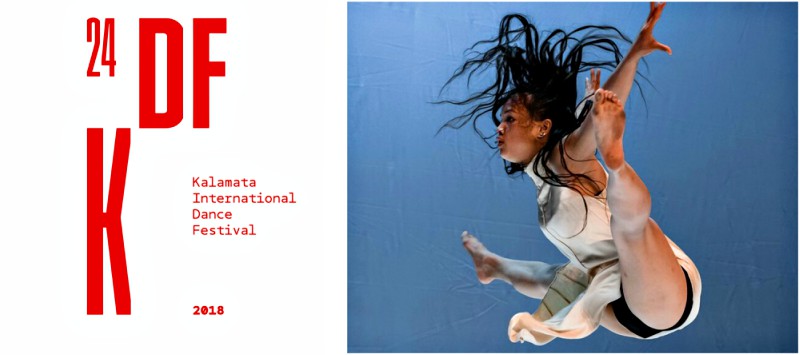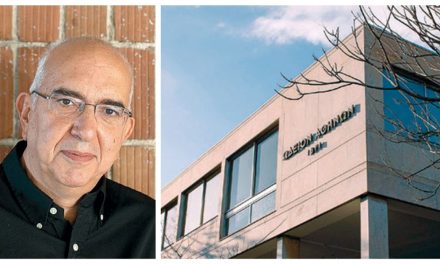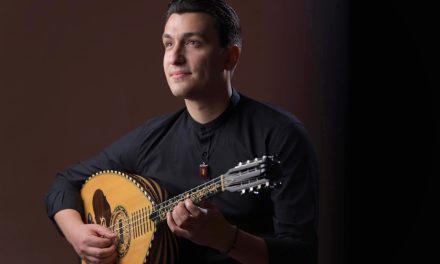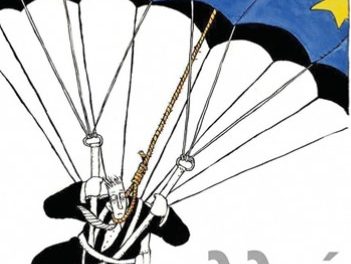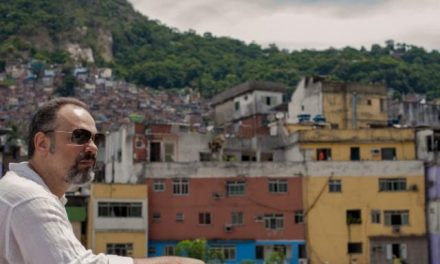Kalamata International Dance Festival, the most important contemporary dance event in Greece, returns for its 24th edition in the city of Kalamata, in the picturesque region of Messinia. For ten days, on July 13-22, 2018, acclaimed Greek and international dancers will present their work to art lovers from around the world. The programme includes indoor and outdoor performances as well as workshops.
This year’s edition features performances by Greek and foreign internationally recognised dancers and choreographers, in performances that range from contemporary circus to street dance. For the first time, outdoor performances free of charge will also be taking place daily in the city’s central square. The programme also features workshops by dance masters (including one for children and one for people with disabilities), a photography exhibition and a Latin/jazz evening.
The Festival is an initiative of the International Dance Centre of Kalamata, established in 1995 as part of the Municipal Society for the Cultural Development of Kalamata. Its aim is to support and promote the art of dance and the organisation of the Festival has become one of its central purposes, helping it place the city on Europe’s cultural map. The Festival’s artistic direction was assumed in 2017 by Linda Kapetanea, who was the one to introduce the outdoor dance performances.
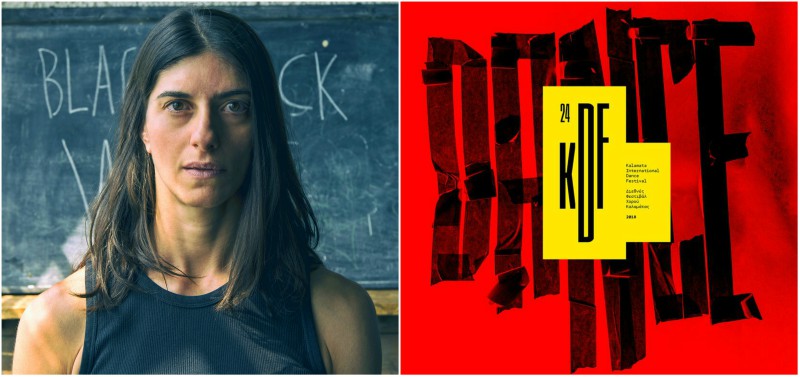 Linda Kapetanea (photo: Mike Rafail)
Linda Kapetanea (photo: Mike Rafail)
Linda Kapetanea is a dancer and choreographer, with studies in Athens and New York. She performed with several dance companies in Greece and abroad, including the Flemish company Ultima Vez for three years. In 2006 she and Jozef Frucek formed the dance company RootlessRoot as a vehicle for their own productions, research and teaching. Together they have developed Fighting Monkey, a practice with applications in various fields such as dance/movement therapy, sports and art. We interviewed* Linda Kapetanea on her aspirations for this year’s edition of the Festival.
What did you have in mind when you put yourself forward as a candidate for the position of artistic director? Do you feel that the programme of the Festival’s 24th edition fulfills your vision?
I wanted to show the audience and young dancers my perception of contemporary dance. I have witnessed its power, and I wanted to share with others what I have seen and been touched by.
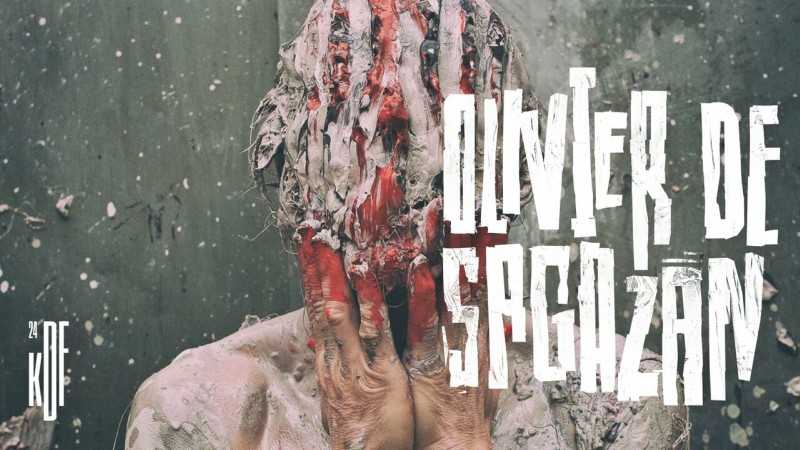 (Photo: Didier Carluccio)
(Photo: Didier Carluccio)
I have the feeling that this year’s Festival will leave a strong imprint on the city and on Greek cultural life. My vision stems from the ways young people learn how to move, dance and perceive life through the art of dance, as well as the ways in which the audience reflects on dance. I would like for the Festival -and not just this year’s edition- to function as a school for everyone, for both audience and dancers.
The Kalamata Dance Festival is an internationally acclaimed institution. How did you manage to successfully organise an event of this calibre, while also a practicing dancer and choreographer with the Rootless Root dance company?
The overall success of the event will be evaluated in the end. Thus far, we can talk of specific accomplishments. As far as my other endeavours are concerned, I think one can see that I engage in activities that stimulate and invigorate. This is the way I live. For now, I have sufficient stamina and, of course, excellent colleagues, wonderful friends and immense support from my family.
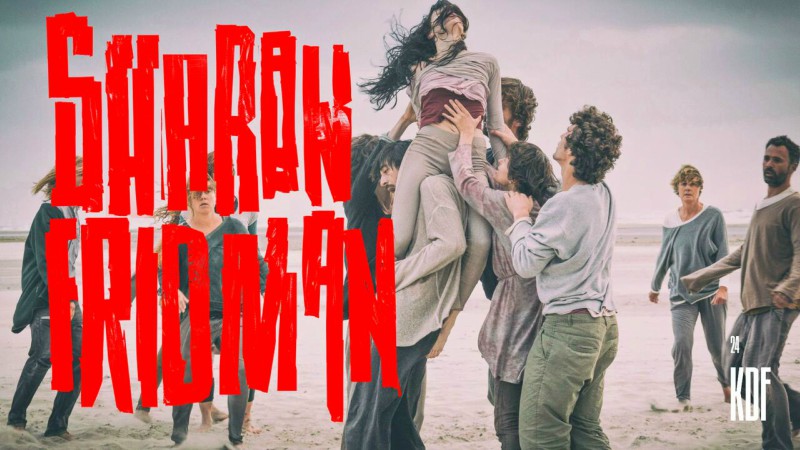 (Photo: Saris & den Engelsman)
(Photo: Saris & den Engelsman)
Is this experience as fulfilling as your more physical ventures as a dancer / choreographer? Did it open up new artistic perspectives?
There are many instances of stress and anxiety, a lot of work to be done and a great deal of communication with people who understand things very differently to the way that I do. All this has been a great source of knowledge.
A new initiative of yours has been the public outdoor performances: every afternoon, in the central square of Kalamata, a dancer or a group of dancers taking part in the Festival will be offering a free performance. How did you come up with this idea? Do you think that we lack initiatives of this type, bringing the general public in contact with contemporary dance?
I wanted to do something for those who consider dance boring and would not be willing to buy a ticket, as well as for those who would love to watch dance performances every day but could not afford to so. The central square of Kalamata is ideal for opening the city to the art of dance. I had experienced this practice as a dancer many times in various European cities and I really loved it.
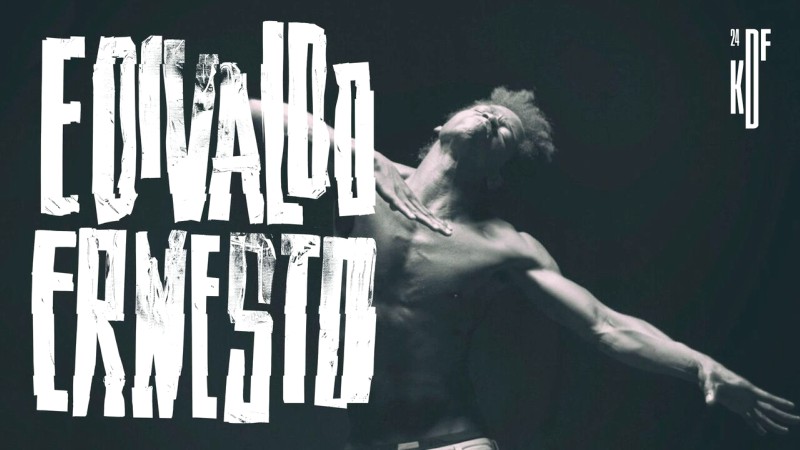 (Photo: Mario Arturo Martinez)
(Photo: Mario Arturo Martinez)
Do you already have some thoughts regarding the Festival’s future editions? Will it still be priority for you to attract young people?
I am drawing a plan as regards the style and character I would like next year’s edition to have. Yes, young people and children are among my priorities because I am concerned about the way in which the next generation of dancers and spectators will develop.
*Interview by Nefeli Mosaidi
Read also via Greek News Agenda: Music Village Pelion: Mountain, sea and… music!; Kalamata International Dance Festival 2017; The art of dance at Michael Cacoyannis Foundation

